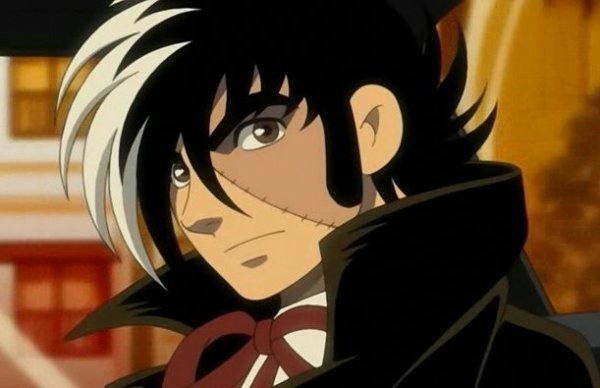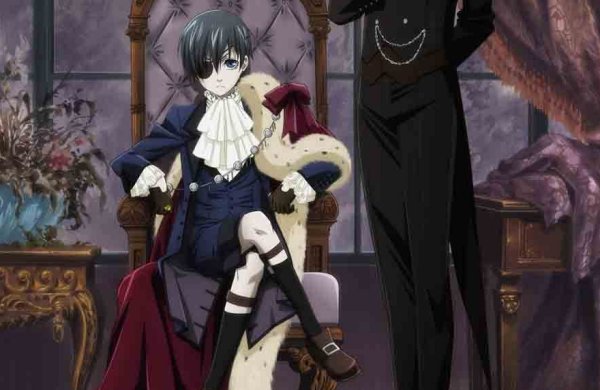 Almost better than the original.
Almost better than the original.
Creative Staff:
Story: Jean-Luc Cano and Julien Blondel (based on the works of Michael Moorcock)
Art: Julien Telo, Didier Poli, Robin Recht,
Color: Robin Recht, Scarlett Smulkowski
Translation: Edward Gauvin
Letters: Gabriela Houston
What They Say:
Yyrkoon fled Melniboné with Elric’s beloved Cymoril. Left behind, heartbroken and humiliated, the albino emperor pursues them with the help of Straasha, King of the Sea Elementals. Finding that Yyrkoon is hiding in the ruins of Dhoz Kham, in the heart of the Young Kingdoms, Elric prepares to challenge his treacherous cousin and rescue Cymoril. But little does he know that this quest will forever change his destiny, as he finds the legendary cursed sword Stormbringer…
Continuing the stunning new comic adaptation of the classic Elric of Melniboné novels by Michael Moorcock!
Content: (please note that content portions of a review may contain spoilers):
In 1961 when the novella The Dreaming City was first published in Science Fantasy, the world changed.
Or at least that’s what it felt like.
The story introduced us to Elric, Michael Moorcock’s most famous and enduring character. The albino emperor of Melniboné, the White Wolf, the sickly philosopher king doomed to be a puppet in the game between Law and Chaos hit the fantasy world like an asteroid, leaving a black, sword-shaped crater that still influences the genre. Perhaps befitting his role as agent of Chaos, Elric’s popularity transcends the genre, making him a cultural icon whose influence can be seen in many places, especially music—Blue Oyster Cult’s “Black Blade” and Blind Guardian’s “Fast to Madness” to name just a few. The only other character in the Sword & Sorcery genre to possess that sort of power and resonance is Robert E. Howard’s Conan, and the two characters couldn’t be farther apart.
As I mentioned before, Elric is the albino emperor of a race of beings called Melnibonés (Melnibonéans? I can’t quite find the right word for them). Cruel, decadent, and powerful, they rule over the humans in the “Young Kingdoms” with an iron fist, using them as slaves, as prostitutes, and even as food. Elric’s proper name and title is Elric VIII, 428th Emperor, and despite his powerful lineage, he is anything but. Sickly from birth and dependent upon herbs and magic to sustain himself, he hardly fits the role of Emperor. His temperament compounds the situation, as his frail body causes him to turn inward and become bookish—a philosopher in a kingdom of monsters. His cousin, Prince Yrkoon, despises Elric and desires the Ruby Throne for himself. He tries to kill Elric, but fails. However, instead of executing him, Elric exiles him to a dungeon—displaying a mercy atypical of his race. Yrkoon calls upon a powerful Lord of Chaos and escapes, taking with him his sister Cymoril: Elric’s beloved, and the only person whose magicks can keep him alive. Desperate, Elric calls upon Arioch, another Lord of Chaos and Duke of Hell, to aid him in finding his beloved, and that’s where this trade starts.
After weeks of searching and finding nothing, Elric calls upon Arioch again, who tells him Yrkoon’s location. Elric then calls upon Straasha, King of the Sea Elementals, and gains the use of The Ship Which Sails over Land and Sea. He uses this to travel to the ancient city Dhoz-Kam, where Yrkoon waits for him and their final confrontation. During this confrontation, Arioch bequeaths Elric the sword Stormbringer—a vampiric black blade that eats souls. Stormbringer allows Elric to win, but at a cost.
As much as it feels like heresy to say it, this adaptation in some ways surpasses the original work. While I love the original Elric stories to pieces, I can’t deny that this trade captures parts of the Melnibonéan culture that Moorcock only hints at. In the stories Melniboné feels sad and hollow, but this work makes them bloody and monstrous. The artists do such a good job of this that some of the scenes were uncomfortable to see. This is a civilization threatening to collapse under the weight of its own decadence, whereas before it felt more like its Emperor—bloodless and weak, coughing its last breath. Even Michael Moorcock has gone on the record as saying that this improves on his original novel, and that if he were ever to write a screenplay of Elric, he would take many of the elements from this trade. I can’t think of higher praise for an adaptation than having the creator of the original say that you did it better.
The trade also streamlines the story, cutting out characters like Rackhir, the Red Archer, and keeping the focus solely on the Melnibonéans. The story also changes the reason for Elric leaving his people. In the novel he does so because he sees that Melniboné can only survive if it changes its ways, so he travels for a year to study the other kingdoms. In this trade, he leaves because he knows he is prophesized to destroy his own people. It’s a great change that highlights Elric’s role as a pawn of fate.
In Summary:
This is the comic adaptation Elric fans have been dreaming of. While there have been some solid efforts in the past—particularly Philippe Druillet’s—this work not only captures the tone and premise of Moorcock’s work, it enhances it. The writing, obviously, is top-notch, and the art is both gorgeous and disturbing at the same time. Seriously, this trade is a treat that shouldn’t be missed.
Grade: A+
Age Rating: 17+
Released By: Titan Comics
Release Date: March 25th, 2015
MSRP: $14.99



